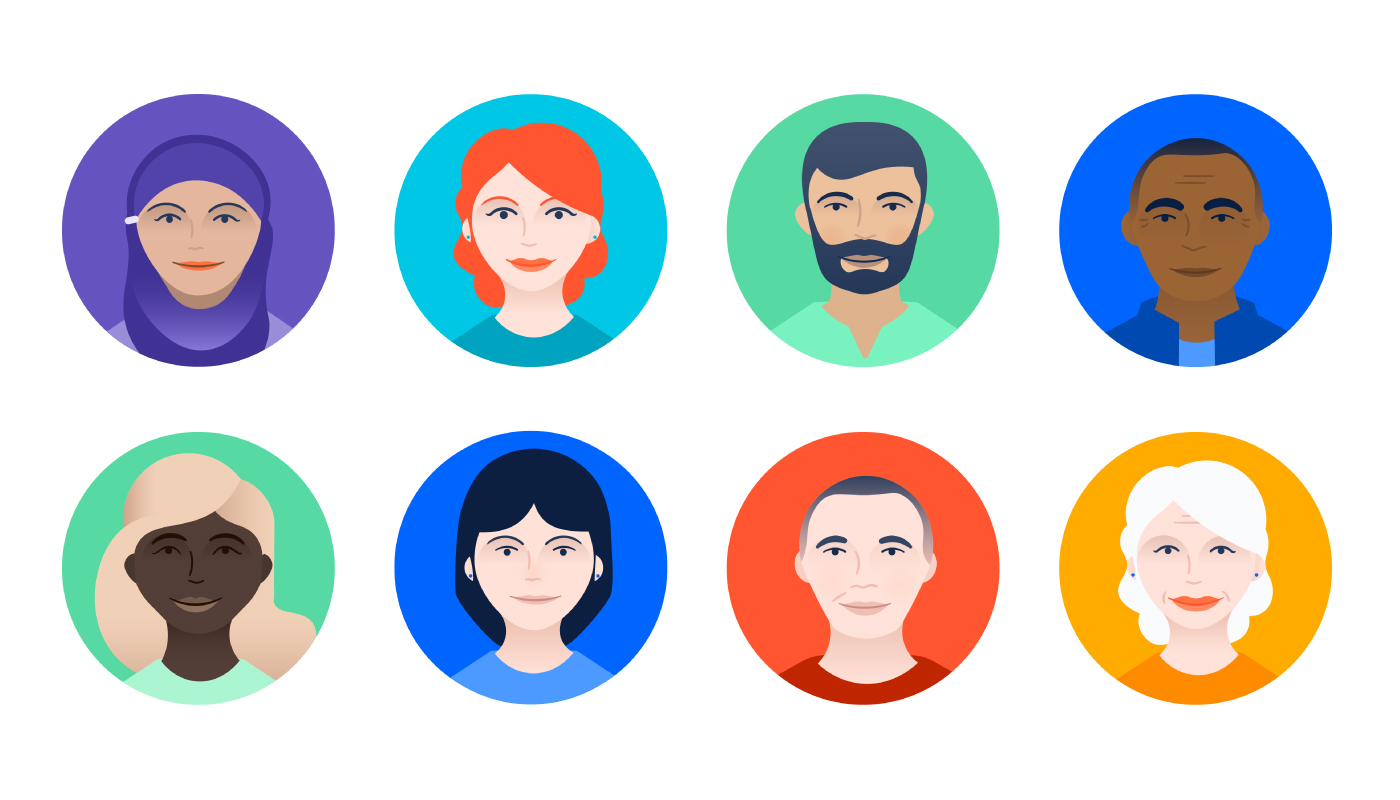New data reveals where we really stand with diversity in the tech industry
Since 2014, tech companies have been releasing diversity reports. CEOs and heads of diversity have spoken about the investments necessary to #changetheratio and pursue #diversityintech. And many companies have moved from raising awareness of the problem to taking real steps to close the opportunity gap. But what’s been missing from the conversation is the voices of the average tech workers – how do they think and feel about diversity and inclusion (D&I) and where we stand as an industry? Are their experiences and conversations the same as the ones that have been broadly shared? This is a critical piece of the puzzle.

To better understand the state of progress we need to broaden the lens and hear from frontline tech workers and middle managers. While it’s true we need support from senior leadership to make key investments in D&I programs, we’re never going to build inclusive cultures if we don’t have support and engagement from the people who make up those cultures. That’s like trying to get physically healthy by focusing on the brain and forgetting about the body.
Cultures are living, breathing things that change and evolve with the unique background, perspective, and skill set every new person brings to the table. Companies need to find better ways to educate and engage the people who make company culture what it is if we ever want to see real progress. That starts with understanding how everyday workers feel so we can benchmark where we stand today and better identify areas for improvement.
D&I isn’t just a numbers game–we’ll never be able to retain the new people we bring in through our D&I efforts if we don’t first figure out how to make the industry inclusive, and that starts with the people who work there.
When we went looking for this data we didn’t find much, so we decided to collect it ourselves. After months of research, we are excited to finally release our findings from Atlassian’s 2017 State of Diversity Report. Please check it out. And while our results were initially surprising and concerning, after digging deeper they both made fundamental sense and helped me identify clear next steps. In a nutshell, the data shows we’ve been effective at raising awareness, but not at deepening understanding of fundamental problems and ways to resolve them. But it also shows there is huge opportunity: since the election, people are both more concerned about D&I and willing to take action to promote inclusion.
I’m excited to continue this conversation and share our findings–and how we’re thinking about them–with you.
There’s still a lot of confusion around “what is diversity”
First, we found a majority of tech workers consider their teams diverse, and they believe that their company does not need to make additional progress on diversity. At first glance, most people focused on diversity in tech would be shocked. But the results highlight a fundamental, underlying problem: while the tech industry is diverse in some ways, it has simply systematically excluded particular groups of people (i.e. women, black and Hispanic people, etc.). The fact is, greater focus on these topics over the last few years has successfully raised awareness that a problem exists, but hasn’t educated people on how big the problem really is. Judging from the data, it seems that people mistake having “some diversity” for “we are diverse.”
Now is the time for deepening understanding of the core issues we are trying to solve: the exclusion of particular groups from our teams and our industry. It goes without saying that this exclusion isn’t simply a social justice issue, but a business one. It harms our ability to continue innovating, hinders our ability to build environments for the best talent, and stands in the way of delivering maximum value for our investors and shareholders.
People are equally confused about what progress looks like
The data shows there are major misconceptions about the true source of the problem (hint: it’s not the pipeline), and how (or whether) we need to move forward. There’s also evidence that many simply don’t understand what actions will really move the needle. For me, the fact that fully 20% of respondents still believe their company is a meritocracy illustrates a key part of the problem. This myth is, in my estimation, one of the largest blockers of progress. Put simply, there’s precious little evidence that the industry is a meritocracy. In fact, being exposed to this belief actually makes people’s decisions more likely to be influenced by bias. What we need are serious, public discussions about the true causes of underrepresentation in tech, and how we can solve for them.
Moving forward in an era of political turmoil
The last few months have been politically charged, to say the least. But the news that should be heartening is the majority of respondents say they think companies and individuals–not the government or judiciary system–will have the biggest impact on moving D&I forward over the coming years. This is an incredible opportunity for tech—and the broader business community–to create real, positive change. A quarter of respondents have said they’ve taken action since November, a level of energy that diversity advocates across the industry should embrace. We should be harnessing this energy, and directing it towards testing new approaches to inclusion on our teams, in our companies, and in our industry.
Atlassian’s mission is to unleash the potential in every team, and diversity (and its close cousin inclusion) are core to that mission — true genius happens when people with different experiences come together to tackle tough challenges, as a team. And so we’ve dedicated significant resources to moving the needle, from developing a new workforce diversity measurement paradigm to piloting programs around the world to increase representation and inclusion for underrepresented minorities, to helping educate Atlassians on the value of diversity and how to promote inclusion.

We’re committed to staying this path and designing interventions to support better outcomes for our employees around the world, and we’ll continue sharing our lessons and learnings with you. Please take a look at our survey results: we’d love to hear what insights you draw and what you’re able to accomplish armed with knowledge about the state of diversity in tech 2017. And let us know how you’re moving forward with #teamup4diversity.
